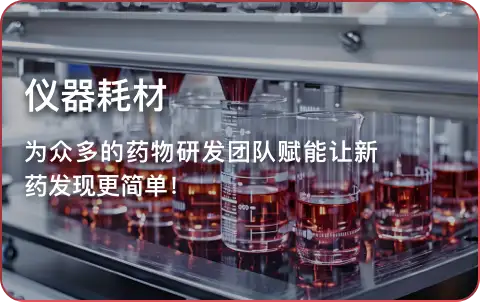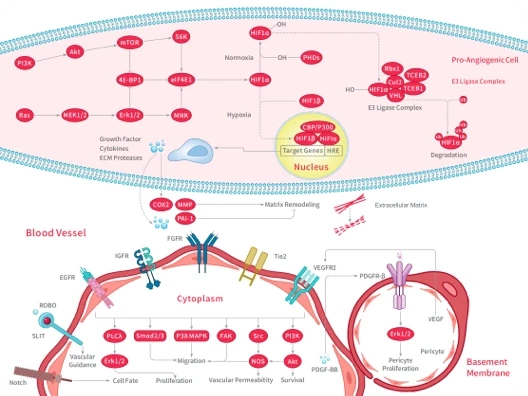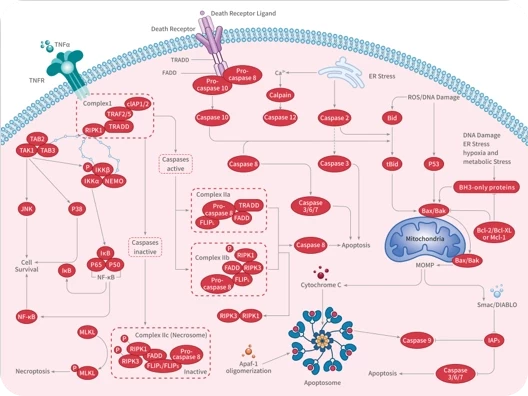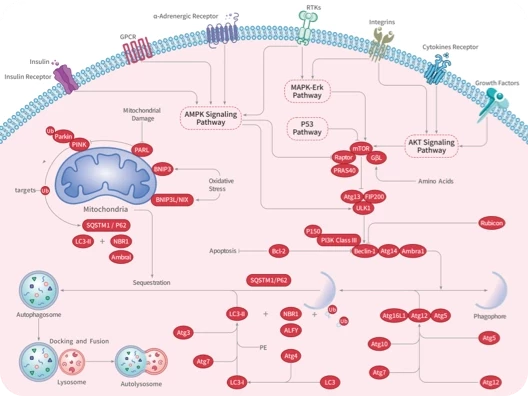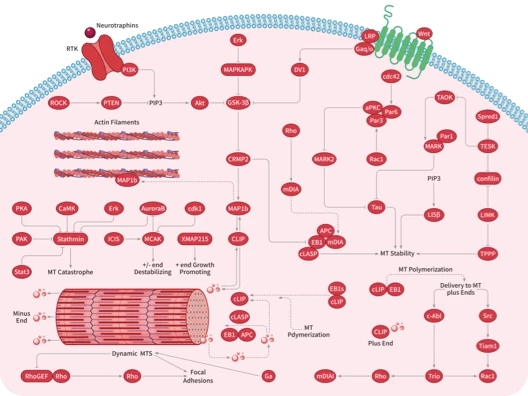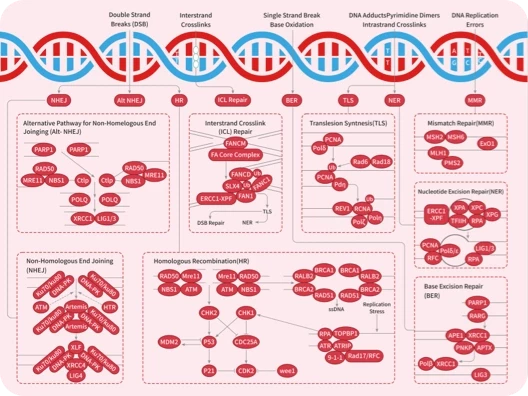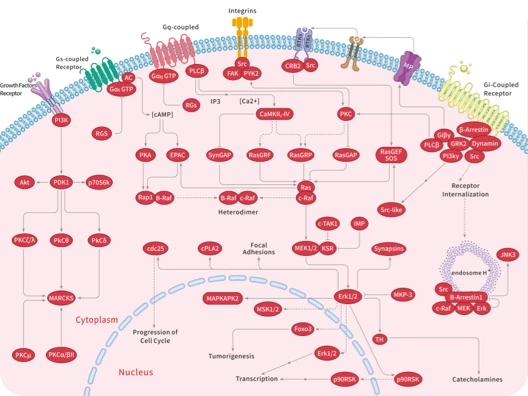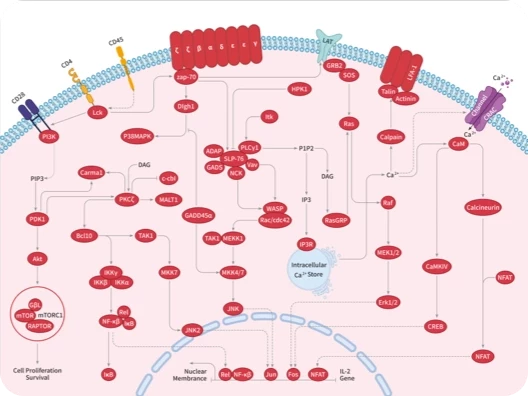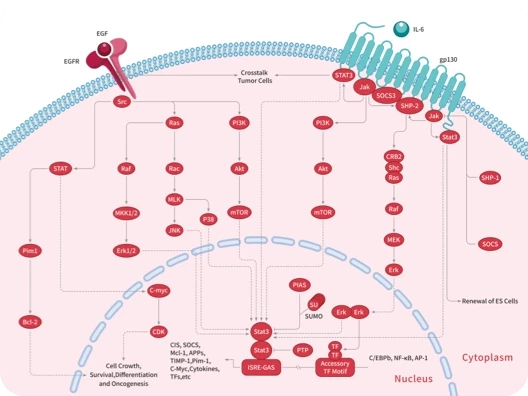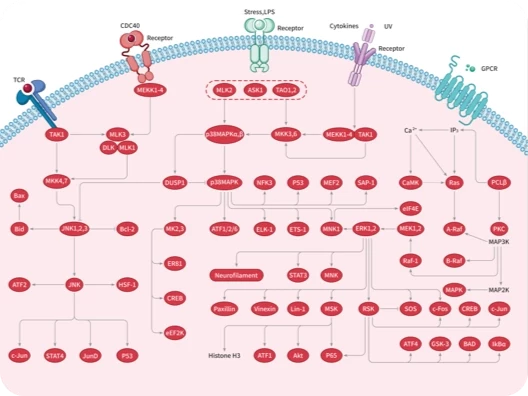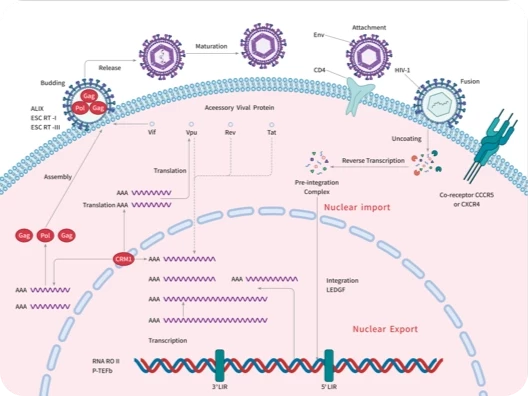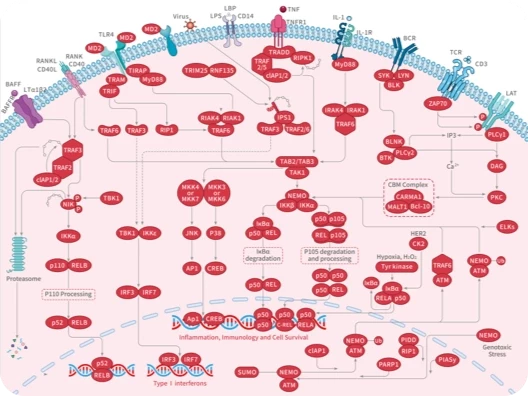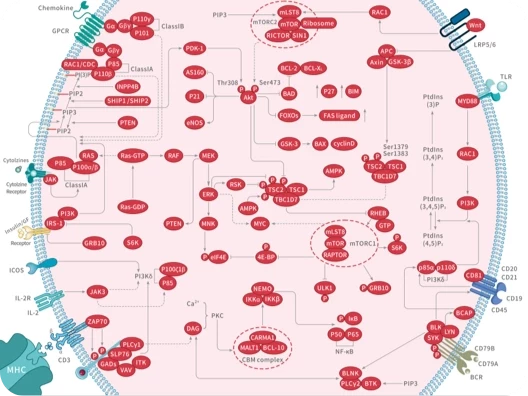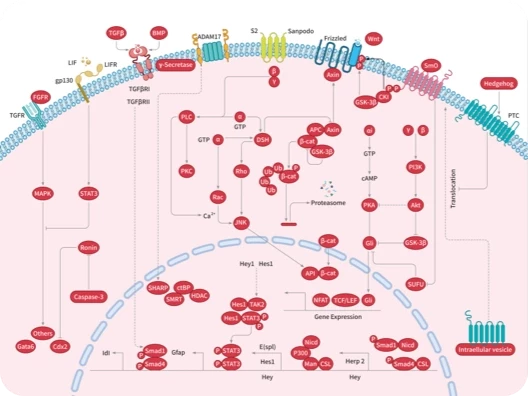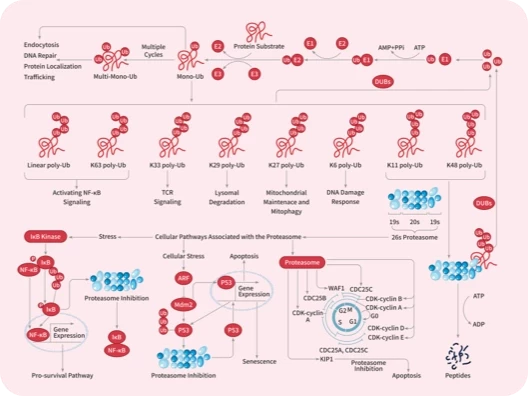- 全部删除
 您的购物车当前为空
您的购物车当前为空
购物车
Apolipoprotein E/APOE3 Protein, Human, Recombinant (His & Trx)
产品编号 TMPY-05297
Apolipoprotein E/APOE3 Protein, Human, Recombinant (His & Trx) is expressed in E. coli expression system with His and Trx tag. The predicted molecular weight is 51.3 kDa and the accession number is P02649.
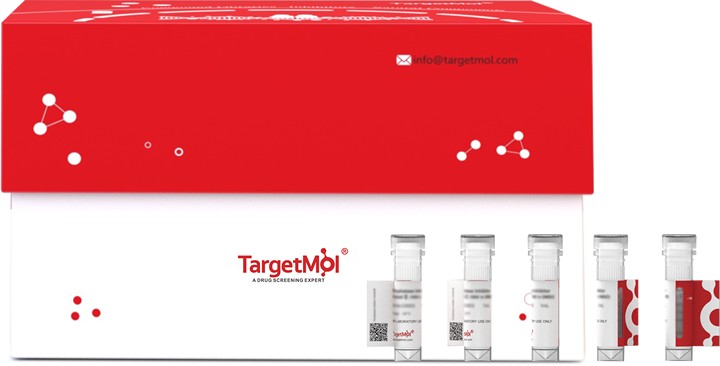
Apolipoprotein E/APOE3 Protein, Human, Recombinant (His & Trx)
产品编号 TMPY-05297
Apolipoprotein E/APOE3 Protein, Human, Recombinant (His & Trx) is expressed in E. coli expression system with His and Trx tag. The predicted molecular weight is 51.3 kDa and the accession number is P02649.
| 规格 | 价格 | 库存 | 数量 |
|---|---|---|---|
| 100 μg | ¥ 2,530 | 5日内发货 | |
| 1 mg | ¥ 19,100 | 5日内发货 |
大包装 & 定制
加入购物车
TargetMol 的所有产品仅用作科学研究或药证申报,不能被用于人体,我们不向个人提供产品和服务。请您遵守承诺用途,不得违反法律法规规定用于任何其他用途。
资源下载
产品信息
| 生物活性 | Activity testing is in progress. It is theoretically active, but we cannot guarantee it. If you require protein activity, we recommend choosing the eukaryotic expression version first. |
| 产品描述 | Apolipoprotein E/APOE3 Protein, Human, Recombinant (His & Trx) is expressed in E. coli expression system with His and Trx tag. The predicted molecular weight is 51.3 kDa and the accession number is P02649. |
| 种属 | Human |
| 表达系统 | E. coli |
| 标签 | His, Trx |
| 蛋白编号 | P02649 |
| 别名 | LPG,LDLCQ5,apolipoprotein E,ApoE4,APO-E,AD2 |
| 蛋白构建 | A DNA sequence encoding the human APOE (P02649) (Lys 19-His 317) was fused with a Trx tag at the N-terminus. Predicted N terminal: Met |
| 蛋白纯度 | > 75 % as determined by SDS-PAGE |
| 分子量 | 51.3 kDa (predicted); 46 kDa (reducing conditions) |
| 内毒素 | Please contact us for more information. |
| 缓冲液 | Supplied as sterile PBS, 40% glycerol, pH 7.4. |
| 复溶方法 | A Certificate of Analysis (CoA) containing reconstitution instructions is included with the products. Please refer to the CoA for detailed information. |
| 存储 | It is recommended to store the product under sterile conditions at -20°C to -80°C. Samples are stable for up to 12 months. Please avoid multiple freeze-thaw cycles and store products in aliquots. |
| 运输方式 | In general, Lyophilized powders are shipping with blue ice. Solutions are shipping with dry ice. |
| 研究背景 | Apolipoprotein E (ApoE) is a 34.2 kDa glycosylated protein with 299 amino acid residues. There are three isoforms in human (apoE2, apoE3, and apoE4) due to different amino acid residues at positions 112 and 158. ApoE is synthesized predominantly in the liver, but also by cells in the spleen, brain, lung, kidney, ovary, adrenal, and muscle tissues. Hepatic parenchyma cells are the main apoE producing cells in mammalian body, probably accounting for two thirds to three fourths of the plasma apoE . In the nervous system, apoE mRNA is present in neurons, astrocytes, ependymal cells, nonmyelinating Schwann cells, but not in microglia, oligodendroglia, choroidal cells, or myelinating Schwann cells. ApoE produced by mammalian cells exists in different forms, monomers, dimers, modified, unmodified, lipid-rich, and lipid-poor, and so forth. ApoE plays a double-role in immune responses. Both apoE containing lipoproteins and multimers of synthetic apoE peptides inhibited proliferation of cultured lymphocytes by inhibiting DNA synthesis and reducing phospholipid turnover in T cells. ApoE can also affect innate and acquired immune responses in vitro by its ability to suppress stimulation of cultured neutrophils. ApoE can bind lipopolysaccharide (LPS), attenuate the inflammatory response, and thus reduce LPS induced lethality. Injection of LPS stimulated higher expression of inflammatory cytokines like interleukin (IL)-1β, IL-12, and interferon-γ (IFN-γ), as well as IL-6. |
计算器
SCI 文献
技术支持
请阅读 重组蛋白用户指南 了解更多具体信息.












